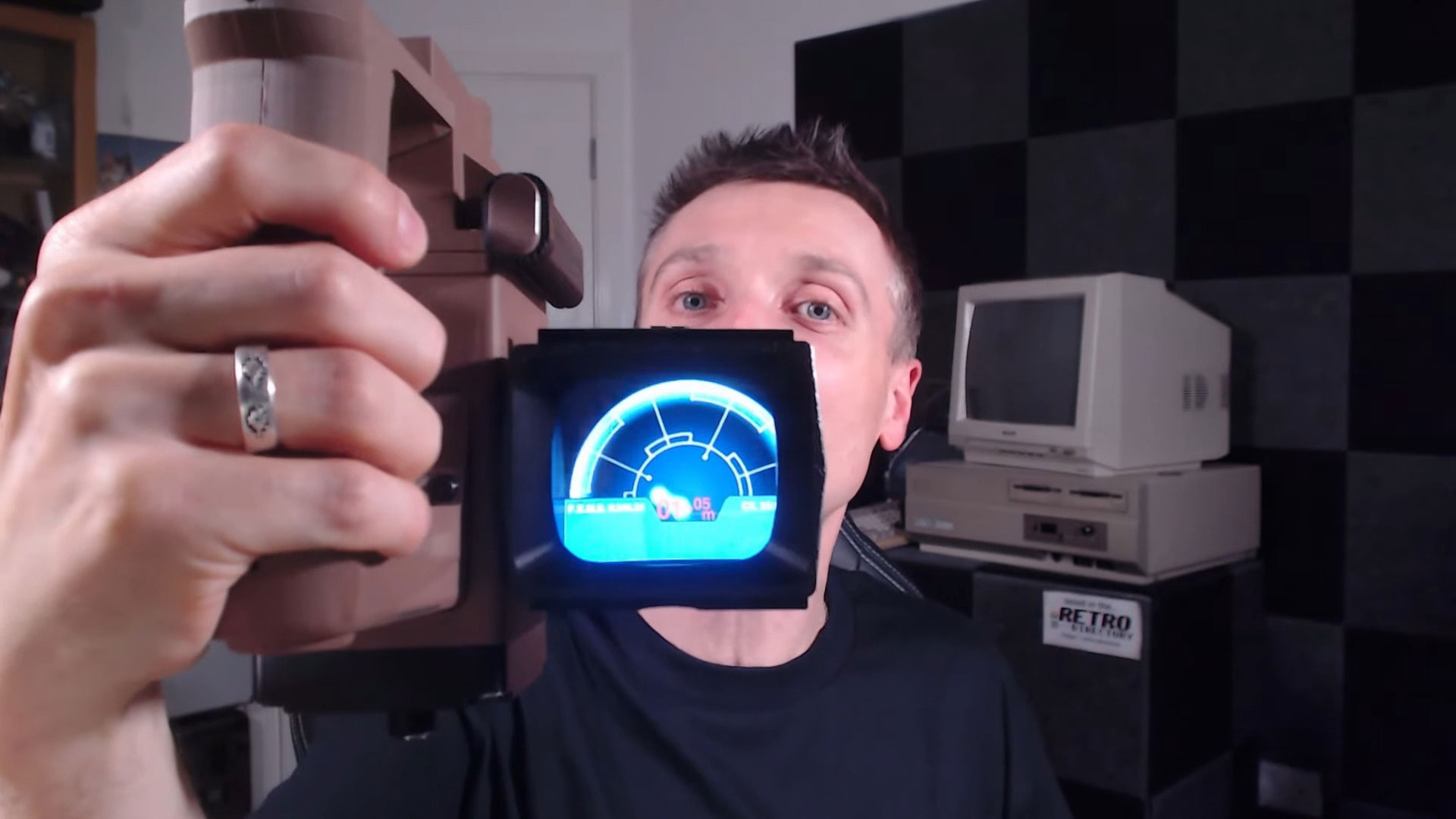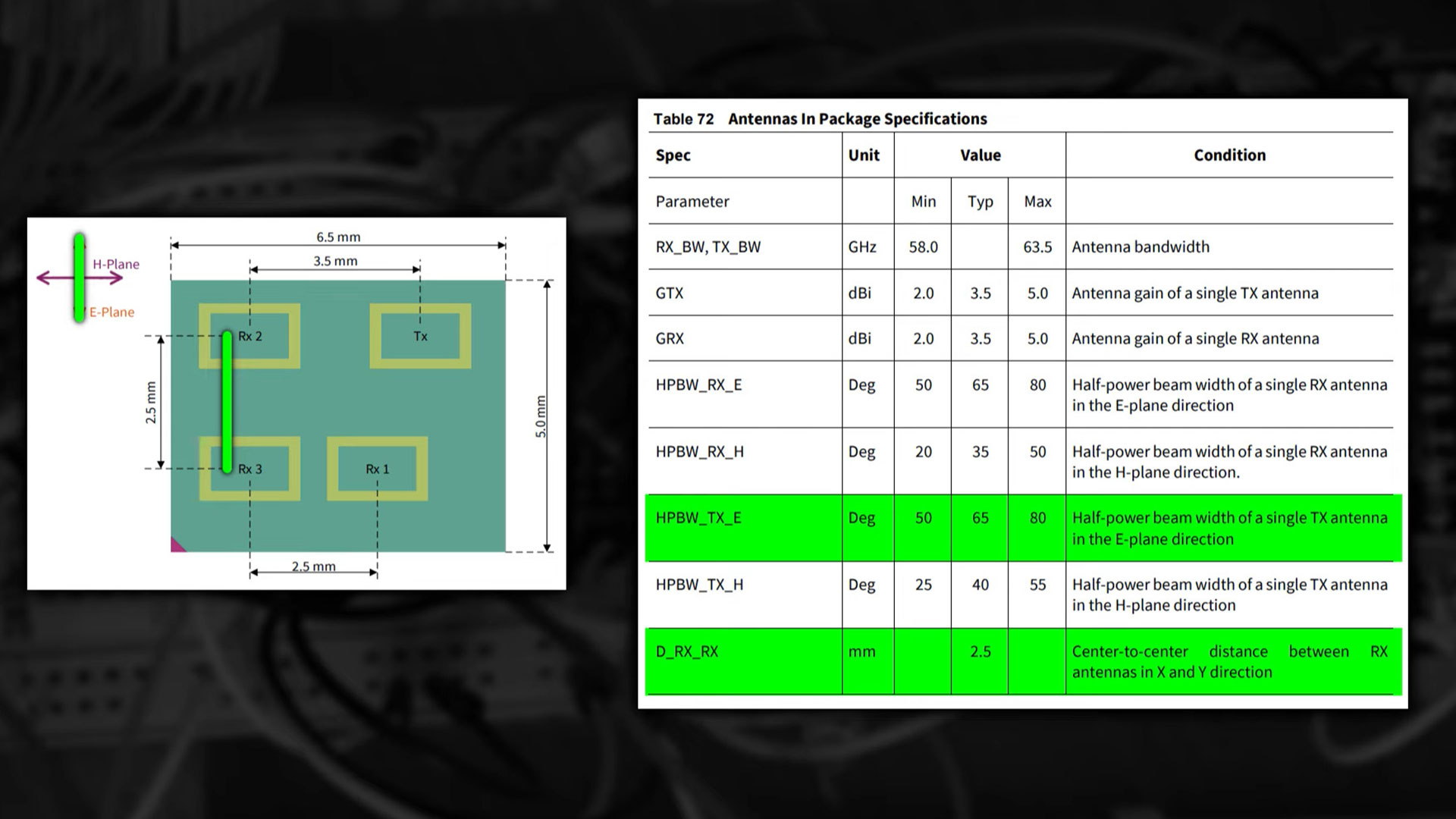Hardcore fan celebrates Alien: Earth by building a fully-working M314 Motion Tracker replica — DreamHAT+ Radar module and Raspberry Pi is effective up to 15 meters, complete with sounds and a display
"I got signals. I got readings, in front and behind!"

Prompted by the recent launch of the Alien: Earth series on FX/Hulu, electronics hobbyist Rob Smith has built a ‘fully working M314 Motion Tracker’. This project has been a long time on the drawing board, 10 years apparently, but Smith has now committed to this Raspberry Pi-powered device, which he claims can “actually track motion up to about 15 meters.” Of course, you won’t know what is moving, just like in the movies, so make sure to have your M41A pulse rifle at the ready.
Smith, host of the RobSmithDev YouTube channel, laments in his video how some prior M314 Motion Tracker builds looked perfect for the part, but usually only show a video clip on the tracker screen. We don’t know what prior works Smith is talking about, but perhaps this kind of project from Adam Savage (MythBusters) is what he means. However, Smith’s device has actual motion tracking shown on the display, can see through walls, and even has authentic synthesized sounds…
Radar modules: In space, no one can hear you mod
What seems to have been the main sticking point of this project, which led to it being delayed so long (other than lack of time), was the availability of a suitable radar sensor. Smith talked us through his first revelation of finding the RCWL-0516 Arduino Radar Module, which uses a 3.18 GHz radio signal and enables the analysis of reflections. It was a step-up for this project compared to infrared alternatives with their inherent limits.
However, this component choice was switched from the parts list several times before the gadget you see demonstrated on the video took its final form. Smith moved from the RCWL-0516 to the HFS-DC06H, to the HLK –LD2410, then the HLK –LD2420, before finally settling on the ‘cutting-edge’ new DreamHAT+ Radar.
By luck, information about this new radar module arrived in Smith’s inbox. This device, though not cheap, boasted of 60 GHz mm-wave radar and a 15m range. Marketing materials showed the DreamHAT+ Radar was adept at motion sensing. As you can see in the video and product links, the DreamHAT+ Radar is built with the Raspberry Pi (model 4 or 5) in mind.
Though the new radar module seems to be the best so far, Smith noted that, in testing, the range seemed to be half what was quoted. Moreover, it only detected one movement at a time – what if there were multiple aliens?
Next up, we hear about the other hardware picked to complement the Raspberry Pi 4 Model B and DreamHAT+ Radar, already selected. Some other key components, like the accelerometer and TFT screen, are also linked in the video description.
Get Tom's Hardware's best news and in-depth reviews, straight to your inbox.
Looks and sounds a lot like the original tension-stoking movie prop
In the latter half of this video, which is part one of a two-part series, Smith shows that he has successfully achieved a ‘realistic’ looking radar display. He’s even softened the arced-grid-line UI to make it look more like a CRT output.
Pleasingly, a similar level of attention to detail was shown in the sound design. The audio feedback from the M314 Motion Tracker plays a large part in the building of tension in the movie(s), and the entirely synthesized variable pitch sound Smith has implemented seems to hit the spot.
There’s still a lot of work remaining, as you can see in the To-do list shared by Smith. But we have an inkling it is going to be worth tuning into part 2. As well as seeing the final working model, viewers are promised a final parts list, and even source code to make their own M314 Motion Tracker at home.
Follow Tom's Hardware on Google News to get our up-to-date news, analysis, and reviews in your feeds. Make sure to click the Follow button.

Mark Tyson is a news editor at Tom's Hardware. He enjoys covering the full breadth of PC tech; from business and semiconductor design to products approaching the edge of reason.
-
Roland Of Gilead Very cool!Admittedly, Alien: Earth is brilliant. Threw me back to the Aliens movie, in feel and look. Superb.I'd love the time to do one of these.Reply


